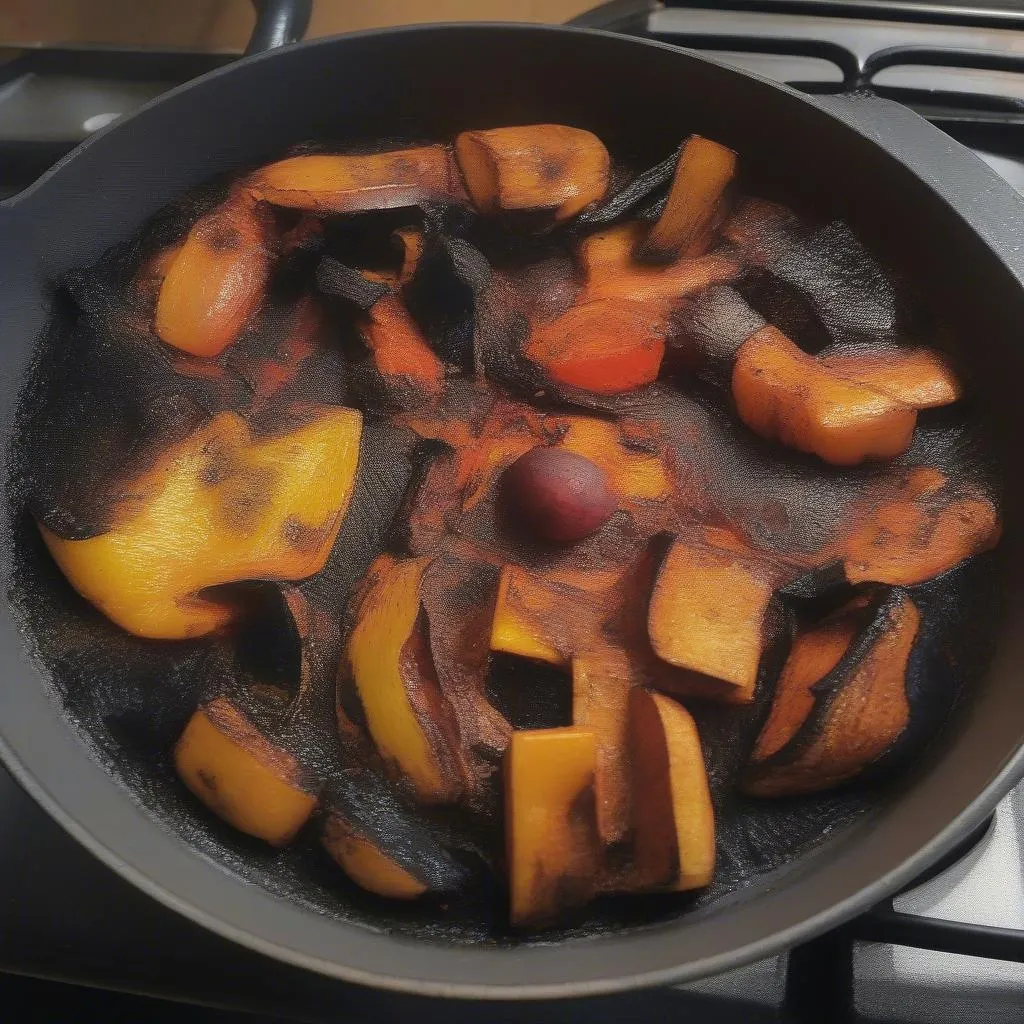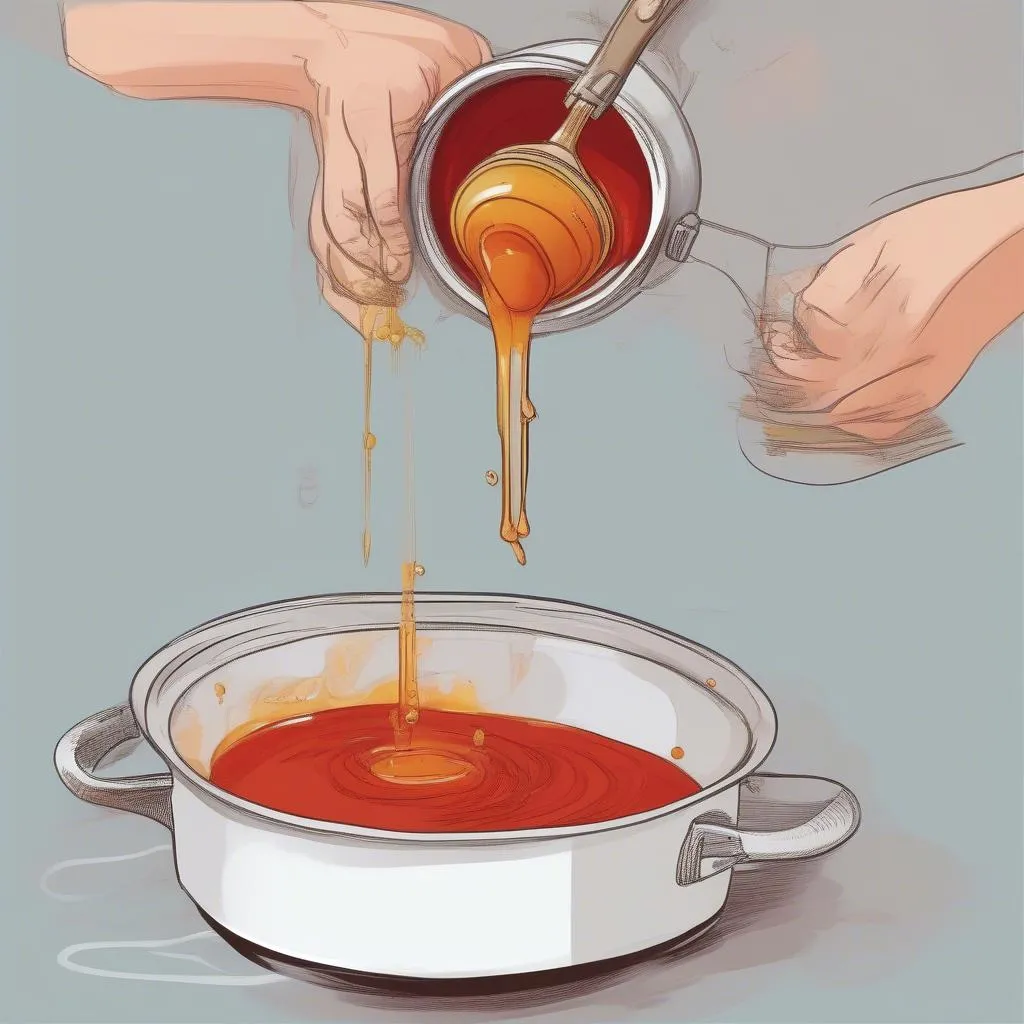Ever taken a bite of something that makes your face pucker involuntarily? Yeah, we’ve all been there. Bitterness in food can be a real buzzkill, but don’t toss that dish just yet! There are ways to salvage your culinary creation and turn that frown upside down.
Let’s explore some tried-and-true methods for counteracting bitterness, because sometimes, even kitchen mishaps can have delicious solutions.
Understanding the Enemy: What Causes Bitterness?
Before we dive into the solutions, it helps to understand the culprits behind that unpleasant bitterness. Here are a few common reasons why your food might be tasting a bit off:
Overcooked Veggies: Think charred Brussels sprouts or broccoli that’s seen better days. Overcooking can release bitter compounds in vegetables, leaving a less-than-desirable taste.
Burnt Bits: We’ve all been tempted by the crispy edges of a pan-seared steak or roasted vegetables. However, that char can sometimes translate to bitterness, especially if things get a little too crispy.
 Burnt Vegetables in a Pan
Burnt Vegetables in a Pan
- Unbalanced Flavors: Just like a seesaw needs balance, so do our taste buds. If a dish leans too heavily on bitter flavors without enough sweetness, acidity, or saltiness to round it out, you’ll definitely notice.
The Balancing Act: Counteracting Bitterness
Fear not, intrepid cooks! There are several ways to combat bitterness and restore harmony to your dishes:
1. Sweet Talk: Sugar and Other Sweeteners
Think of sweetness as the peacemaker in the world of flavors. A touch of sugar, honey, maple syrup, or even agave nectar can help neutralize bitterness and bring balance to your dish.
Example: Imagine a pot of overly bitter tomato sauce. A spoonful of sugar (or a drizzle of honey!) can work wonders in mellowing out that harshness.
 Adding Honey to Tomato Sauce
Adding Honey to Tomato Sauce
2. Acid Trip: The Power of Pucker
A splash of acidity can also help tame the bitter beast. Vinegar, lemon juice, or even a squeeze of lime can add a refreshing brightness that counteracts overwhelming bitterness.
Pro Tip: Start with small amounts and taste as you go. You can always add more, but it’s trickier to dial back the acidity once it’s in there!
3. Fat is Your Friend: Creamy Solutions
Fat has a magical way of coating the tongue and mellowing out harsh flavors, including bitterness. Consider stirring in a dollop of cream, coconut milk, or even a pat of butter to smooth things over.
Example: Imagine a bitter green smoothie. Adding a spoonful of nut butter or half an avocado not only adds creaminess but also helps temper the bitterness of the greens.
4. Salt to the Rescue: Enhancing Flavors
Salt is like the conductor of an orchestra, bringing all the flavors together in harmony. Sometimes, a pinch or two of salt is all you need to round out the flavors and make bitterness less pronounced.
Remember: Don’t go overboard! Start small and taste as you go to avoid over-salting.
Prevention is Key: Avoiding Bitterness in the First Place
While there are ways to fix bitter food, it’s always easier to prevent the problem in the first place. Here are a few tips:
Taste as You Go: Become best friends with your taste buds! Regularly sampling your food while cooking allows you to adjust seasonings and avoid any unpleasant surprises.
Mind the Heat: Keep an eye on those temperatures! Overcooking is a common culprit behind bitterness, so cook your food over medium heat and use a timer to avoid burning.
Balance is Key: Strive for harmony in your dishes by incorporating a mix of sweet, sour, salty, and bitter flavors.
FAQs: Conquering Bitterness
Q: Can I use artificial sweeteners to fix bitter food?
A: While artificial sweeteners can provide sweetness, they may not always be the best choice for counteracting bitterness. Some artificial sweeteners can leave a slightly metallic or bitter aftertaste themselves, which won’t help your cause. It’s best to stick with natural sweeteners like sugar, honey, or maple syrup.
Q: What if I’ve tried everything, and my dish is still bitter?
A: Don’t despair! Sometimes, the best solution is to start fresh. If possible, try repurposing the bitter ingredients into a new dish where the bitterness won’t be as noticeable. For example, overly bitter greens can be tossed into a smoothie or used in a pesto where other flavors can shine through.
Embrace the Journey!
Cooking is an adventure, and even the most experienced chefs encounter a bitter bite now and then. By understanding the causes of bitterness and mastering these simple techniques, you’ll be well-equipped to tackle any culinary curveball that comes your way.
So, go forth and cook fearlessly, knowing that you have the power to transform even the most bitter experiences into delicious triumphs!
